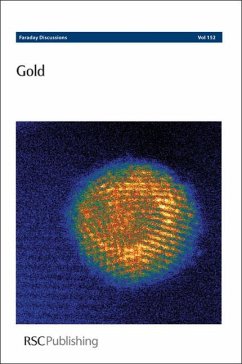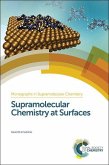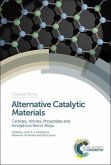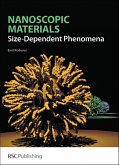Faraday Discussion 152 This volume focuses on the fundamental issues of gold catalysis. Gold has been a topic that has fascinated mankind for millennia. It is the most noble of metals; it does not tarnish on exposure to air. However, until recently, gold has presented very little fascination for chemists, as its chemical inertness as a bulk metal appeared to provide very limited opportunities to open up new and exciting chemistries. The chemistry of gold was once relatively undeveloped, but this is no longer the case. The observation that gold, when sub-divided to the nanoscale, can be exceptionally active as a catalyst, has spurred a great number of discoveries. Gold now fascinates material scientists, catalysis, surface and synthetic chemists and theoreticians in great numbers. One reason for this is that gold catalysis provides a link between model systems that can be produced by materials and surface scientists, probed by theoreticians and the real systems used in catalyst discovery. The newly-discovered chemistry of gold can be used to gain a deeper understanding of catalysis, and how materials can be synthesized and stabilized at the nanoscale. The precise nature of the active sites and the mechanisms of the catalysed reactions of gold are as yet unknown. FD152 focused on the origins of high catalytic activity observed with gold nanoparticles. The aim was to bring together the catalysis and surface science communities with materials scientists and theoreticians, so that new insights could be gained. In this volume the topics covered include: " Gold catalysis at the gas solid interface " Gold catalysis and materials science " Theoretical insights on gold catalysis " Gold catalysis and enhanced selectivity Faraday Discussions documents a long-established series of Faraday Discussion meetings which provide a unique international forum for the exchange of views and newly acquired results in developing areas of physical chemistry, biophysical chemistry and chemical physics. The papers presented are published in the Faraday Discussion volume together with a record of the discussion contributions made at the meeting. Faraday Discussions therefore provide an important record of current international knowledge and views in the field concerned.








